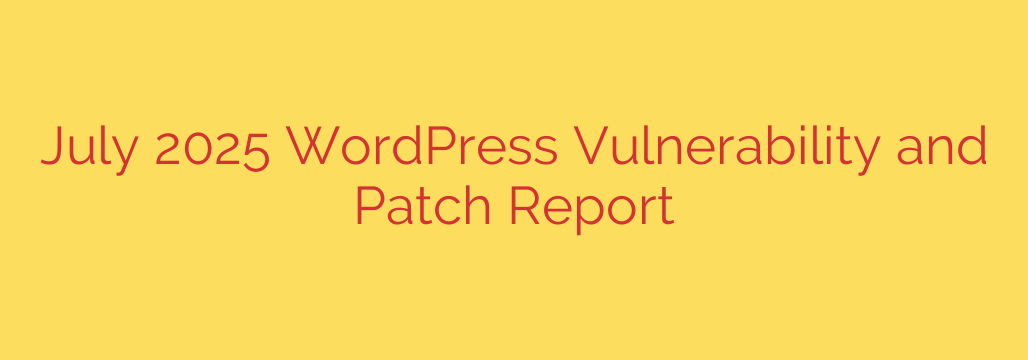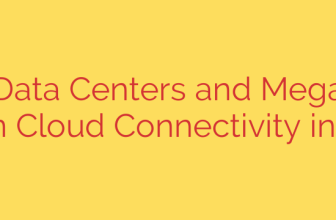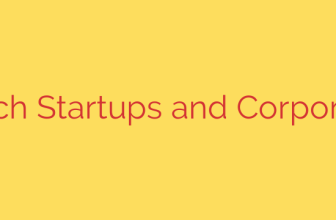
WordPress Security Alert: July 2025 Vulnerability & Patch Report
Staying ahead of digital threats is a non-negotiable part of managing a successful WordPress website. Every month, new vulnerabilities are discovered in the plugins, themes, and even the core software that power millions of sites. July 2025 has been no exception, with several critical security flaws identified that require immediate attention from site administrators.
This report breaks down the most significant vulnerabilities discovered this month and provides a clear, actionable checklist to ensure your website remains secure.
Critical Vulnerabilities Discovered in July 2025
Security researchers and developers have been working diligently to identify and patch several high-impact vulnerabilities. If you are using any of the following plugins or themes, updating them should be your top priority.
Plugin: Advanced Forms Pro
- Vulnerability: Critical Remote Code Execution (RCE)
- Impact: A flaw discovered in versions prior to 4.5.2 allowed unauthenticated attackers to upload malicious files and execute arbitrary code on the server. This vulnerability could lead to a complete site takeover, data theft, or the injection of malware.
- Patched Version: 4.5.2 and above.
Plugin: Simple Social Widgets
- Vulnerability: High-Severity Stored Cross-Site Scripting (XSS)
- Impact: This vulnerability, affecting all versions up to 3.1.5, could allow an attacker to inject malicious scripts into your site’s pages. When an administrator views the infected page, these scripts can execute, potentially leading to stolen credentials, admin account takeover, or redirecting visitors to malicious sites.
- Patched Version: 3.1.6 and above.
Theme: Visually Stunning Pro
- Vulnerability: High-Severity Authenticated SQL Injection (SQLi)
- Impact: For sites using versions before 2.8.0, an attacker with a low-level user account (like a subscriber) could exploit this flaw to access sensitive information directly from your database. This includes user data, passwords, and other private content.
- Patched Version: 2.8.0 and above.
What These Threats Mean for Your Website
Understanding the jargon is key to appreciating the risk. Here’s a simple breakdown of the threats mentioned above:
- Remote Code Execution (RCE): This is one of the most dangerous types of vulnerabilities. It essentially gives a hacker the keys to your server, allowing them to do anything you can do, including deleting your site, stealing data, or using your server to attack others.
- Cross-Site Scripting (XSS): This attack vector tricks a user’s browser into running malicious scripts. Stored XSS is particularly dangerous because the malicious code is saved on your server and delivered to every visitor who views the infected page.
- SQL Injection (SQLi): This targets your database—the heart of your WordPress site. A successful SQLi attack can be used to read, modify, or delete the information stored there, compromising user privacy and site integrity.
Your Essential WordPress Security Checklist
Knowledge is only half the battle. Taking immediate action is what truly protects your digital assets. Follow these steps today to fortify your website against these and future threats.
Update Everything Immediately
This is the single most important action you can take. Go to your WordPress Dashboard > Updates and check for available updates for your WordPress core, plugins, and themes. Do not delay, especially if you are using any of the software mentioned in this report.Audit Your Plugins and Themes
Take this opportunity to review everything installed on your site. If you are not using a plugin or theme, delete it. Inactive plugins can still be exploited, so deactivating them is not enough. The fewer components you have, the smaller your attack surface.Implement a Web Application Firewall (WAF)
A WAF acts as a protective shield between your website and incoming traffic, automatically blocking malicious requests and known attack patterns. Services like Cloudflare, Sucuri, or security plugins like Wordfence offer excellent WAF protection that can block an exploit even before you’ve had a chance to patch.Enforce Strong Credentials and Two-Factor Authentication (2FA)
Weak passwords are a primary entry point for attackers. Ensure all user accounts, especially administrators, use strong, unique passwords. Better yet, enable Two-Factor Authentication (2FA) to add a critical layer of security that prevents unauthorized logins even if a password is stolen.Verify Your Backups
Regular backups are your ultimate safety net. However, a backup is useless if it doesn’t work. Ensure your backup system is running correctly and, periodically, test a restoration on a staging site to confirm that your data is safe and recoverable in a worst-case scenario.
Stay Vigilant, Stay Secure
Website security is not a one-time task; it’s an ongoing process of vigilance. The WordPress ecosystem is constantly evolving, with new threats and patches emerging daily. By staying informed and adopting a proactive security posture, you can protect your hard work, your users, and your reputation. By taking these proactive steps today, you are building a more resilient and secure digital presence for tomorrow.
Source: https://blog.sucuri.net/2025/07/wordpress-vulnerability-patch-roundup-july-2025.html








